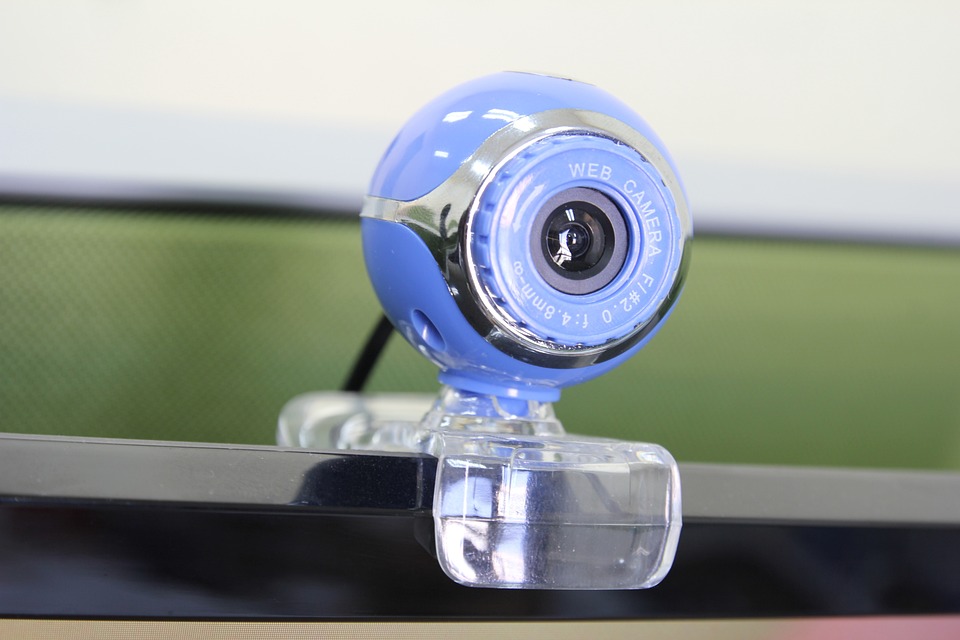The VuPoint Solutions Magic Wand Scanner is a unique portable scanner.
The Magic Wand Scanner is a bestseller among current scanners and is a great gift for the college student, family genealogist, business traveler, and anyone else who could benefit by scanning anywhere. If you need a portable scanner or know someone else who does, the Vupoint wand scanner may be just the right choice.
Magic Wand Scanner
The Magic Wand functionality makes it a favorite among college students, especially for work on group projects. One member of the group can hit the library and scan needed research, upload it to their computer, then email PDFs to everyone. No costly stacks of printed paper, and no need to meet up to distribute information packets.
One of this portable scanner's biggest bonuses is that it's truly portable. In most cases, even "portable" scanners need to either be connected via power adapter or USB cable to work. The VuPoint Solutions Magic Wand Scanner takes just 2 AA batteries, making it easy to toss into a backpack without worrying about where you'll use it. This opens up the Magic Wand Scanner to a whole range of other uses, from scanning phone numbers you might otherwise forget to copying a friend's box of recipes.
Another potential drawback to the VuPoint Solutions Magic Wand Scanner is its resolution capabilities. This portable scanner has a normal resolution of 300dpi and a "high" resolution of 600dpi. This is significantly lower than your average document or photo scanner, making it harder to capture high-res images.
Though the VuPoint Solutions Magic Wand Scanner is a useful piece of equipment, it probably shouldn't be your only scanner. This portable scanner also makes a great gift for college students, travelers, and anyone else who needs to do basic scanning on the go.
The Magic Wand for Books
The Magic Wand Scanner is the perfect portable book scanner. Take it to the library or the historical society and easily scan any pages you need. Or if you like to scan magazine pages or recipe book pages at home, this scanner is an affordable alternative to purchasing a desktop book scanner.
Now, the quality of the images from a handheld book scanner like the Magic Wand may not be quite good enough for a library archive project, but the image quality should be more than suitable for your everyday person. And using a handheld scanner may do less harm to the fragile bindings of old books than with a flatbed scanner.
If you are shopping for a book scanner, check out some of the feedback from users of this scanner. You will find that many bibliophiles are enjoying the freedom of having a portable book scanner.






